
Discover communist monuments with Romania Tour Store
Romania became a communist country in the late 1940s, almost immediately after the Second World War. For many, it was a real surprise to see the rise to power of an apparently insignificant party in Romania. But as in many cases throughout history, the cards were dealt a certain way and so began the communist era in Romania.
Like in many other aspects, this period influenced the culture, the art and the architecture of the country and changed its appearance forever. Some of the monuments from the communist era have found their place in Romania’s modern architecture. Some of them serve as a reminder of those times, others have become more important than just an expression of grandeur and some monuments are still there because they have to tell a story for future generations.
The Palace of Parliament
The House of the People or the House of the Republic, now known as the Palace of Parliament, is the largest civil administrative building in the world. With an area of 360,000 square meters, it’s the second largest in the world after the Pentagon and the largest in Europe.
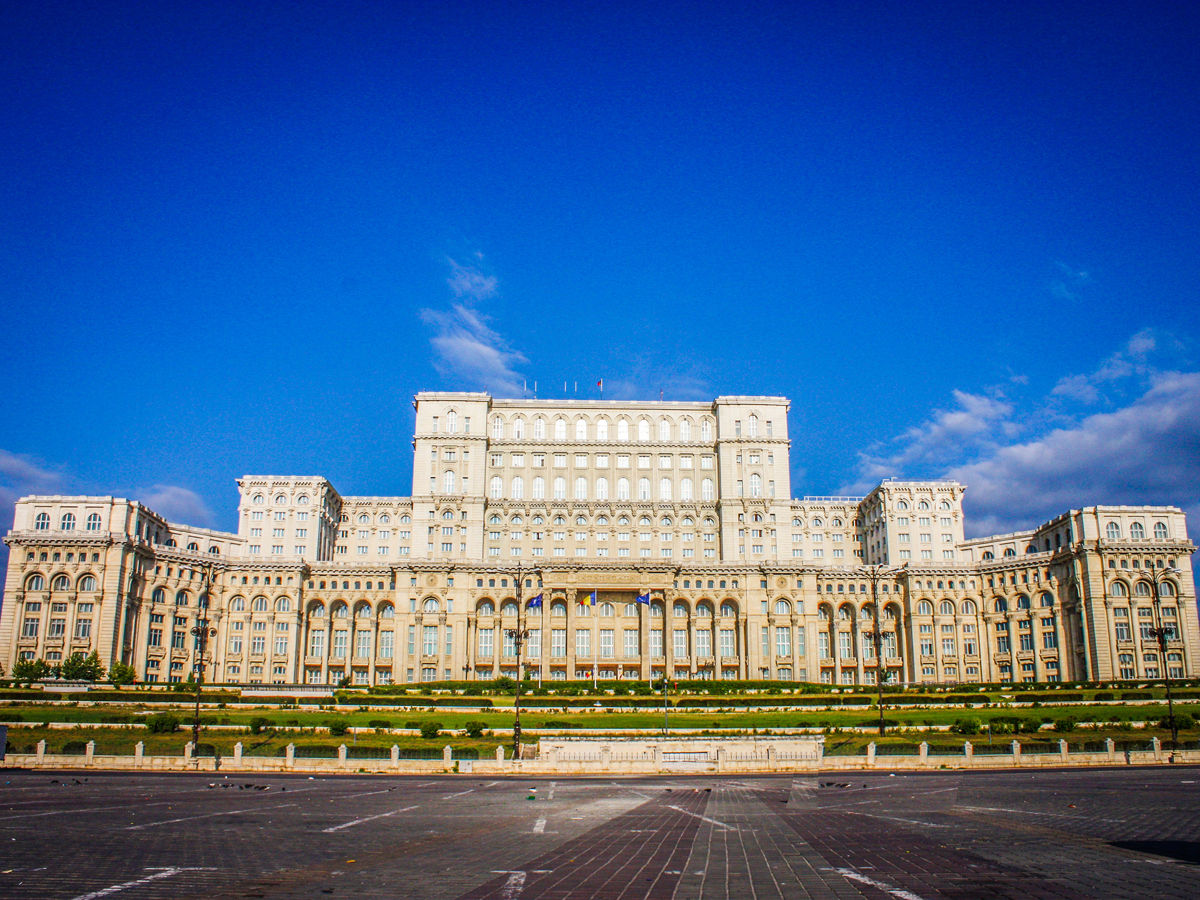
After the earthquake in 1977, Nicolae Ceausescu started the reconstruction of Bucharest. The multi-year project competition was won by Ana Petrescu, who, despite being just 28 years old, was named the chief architect of a controversial project to which was completed with no less than 700 architects and over 20,000 workers. It was only in 1980 that the works began with the demolition of more than 7 km from the old center of Bucharest and the relocation of approximately 57,000 people from this area.
The Radio House
An unfinished building in Bucharest, near the Cotroceni Palace, on the banks of the Dambovita River, is the Radio House, which at the time when it was built in 1986, should have been “the little sister” of the House of People. In 1989 it was inaugurated although the façade was not completed.
It was supposed to host the National History Museum of Romania, in fact, a museum for the Communist Party. Currently, it’s one of the largest real estate projects proposed to be developed in Bucharest and rumor has it that it’s supposed to be converted into the largest mall from the city.
The Sighet Prison
The Sighet Prison was built in 1897 in the town of Sighetu Marmatiei by Austro-Hungarian authorities on the occasion of the anniversary of the “first Hungarian millennium” in the same style and the same functions as the prisons in Satu Mare, Oradea, Arad, Aiud, Gherla, and other Transylvanian cities.
It was a common use jail, but it was also used during the First and Second World Wars for the imprisonment of political prisoners. Between May 1950 and July 1955 the penitentiary became one of maximum security. In 1955, as a result of the Geneva Convention and in view of the long-delayed admission of Communist Romania to the UN, part of the political detainees in Romanian prisons was released, part transferred to other prisons and part was sent on house arrest.
After another two decades – with the decree of 1975 through which punishments could be executed at the workplace – it was closed in 1977, becoming a broom factory, then a salt and tire storage, and finally an abandoned ruin. In the 1990s, it became the first museum in the world dedicated to victims of the communist regime.
The Transfagarasan road
The road infrastructure has not been ignored under the communist regime. Perhaps the most important example in this regard is the Transfagarasan road. It stretches for about 90 kilometers, connecting the Muntenia region to Transylvania and crossing the Fagaras Mountains.
The Transfagarasan was accomplished with consistent material efforts and at the cost of many lives between 1970-1974, because of Nicolae Ceausescu’s desire to build a strategic route over the mountains. For its construction, it was necessary to dismantle several million tons of rock, 6,520 tons of dynamite and tens of thousands of tons of concrete were used, while the road passes over 830 footbridges and 27 viaducts.
The Bicaz dam and the Vidraru hydroelectric dam
The construction of the Bicaz dam lasted 10 years (1950 – 1960) with the development of the national electrification plan. The country was in need of electricity, jobs for the people over which the war had taken a toll on, and after the damages brought by the drought in 1947.
When the Vidraru dam was built, a gigantic construction, which is calculated to withstand an earthquake of eight degrees, approximately 40,000 people worked for almost six years (1960-1965). At the time of its inauguration, it was the first of its kind in Romania, the sixth in Europe and the ninth in the world.
Certainly, most of the communist monuments are found in Bucharest. In addition to the impressive constructions, there were gray-block districts that were supposed to shelter all the people working in the factories in the city. Probably the most famous districts that have been developed during this period are the Drumul Taberei and the Balta Alba districts. Also, Bucharest’s squares have witnessed many important events for the rise and fall of the communist regime, for example in the Revolution Square and in the University Square.
For more information regarding the communist regime and to visit the most important monument dating back to that era, we recommend you to book our Communist Tour of Bucharest, but you can always create your own travel itinerary as well.


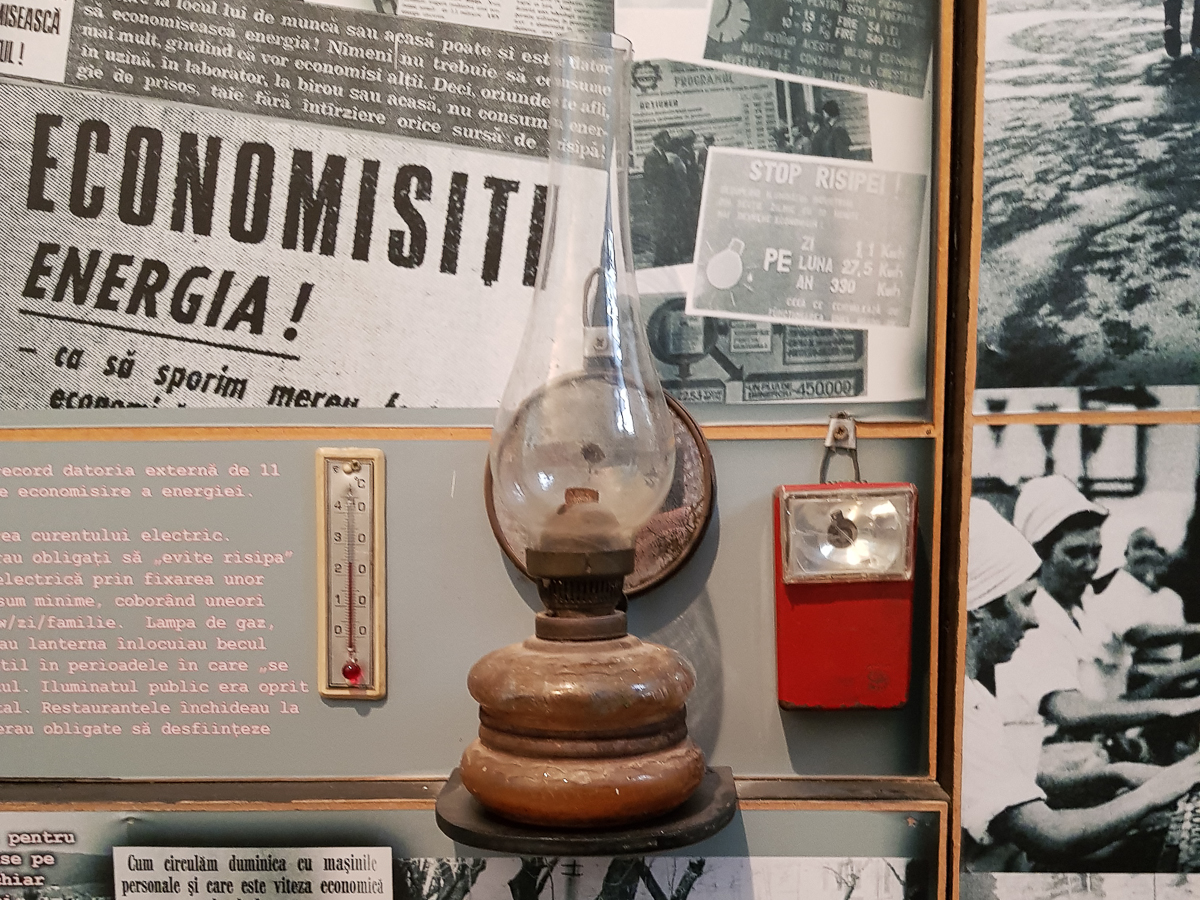

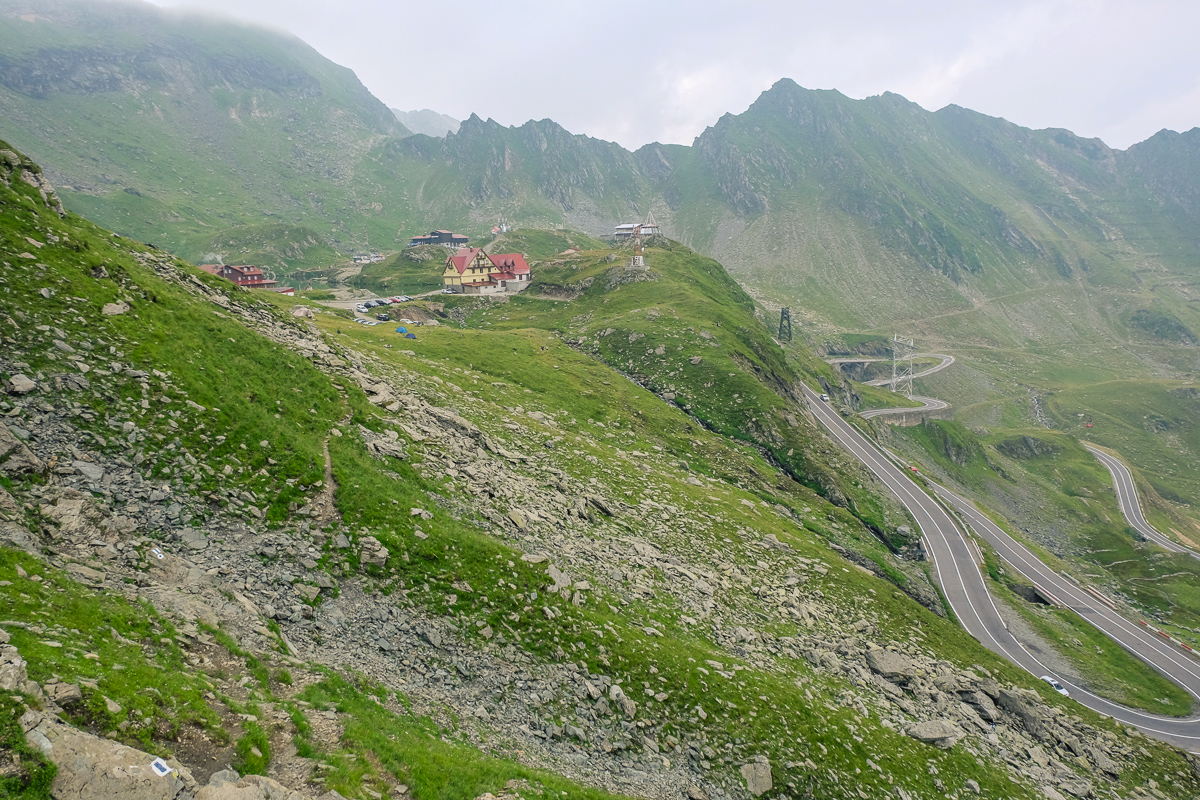

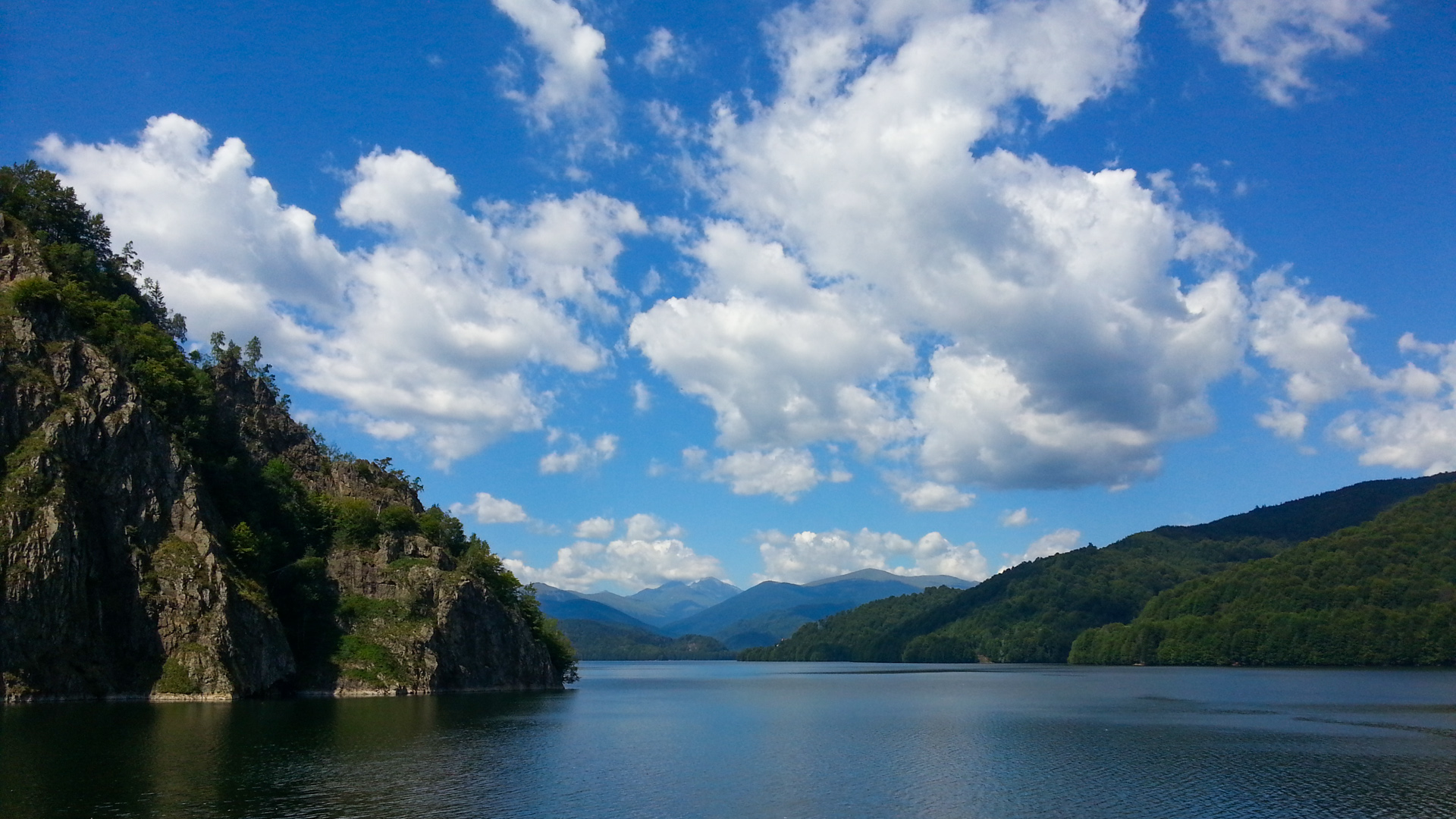
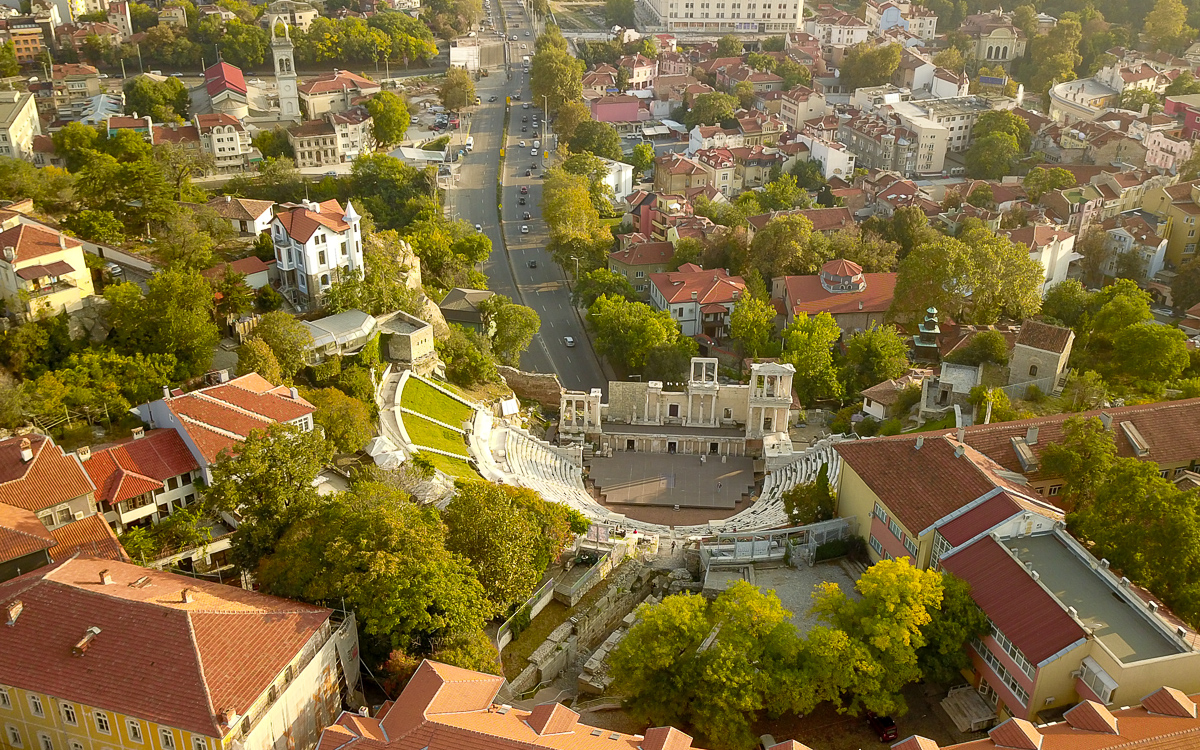
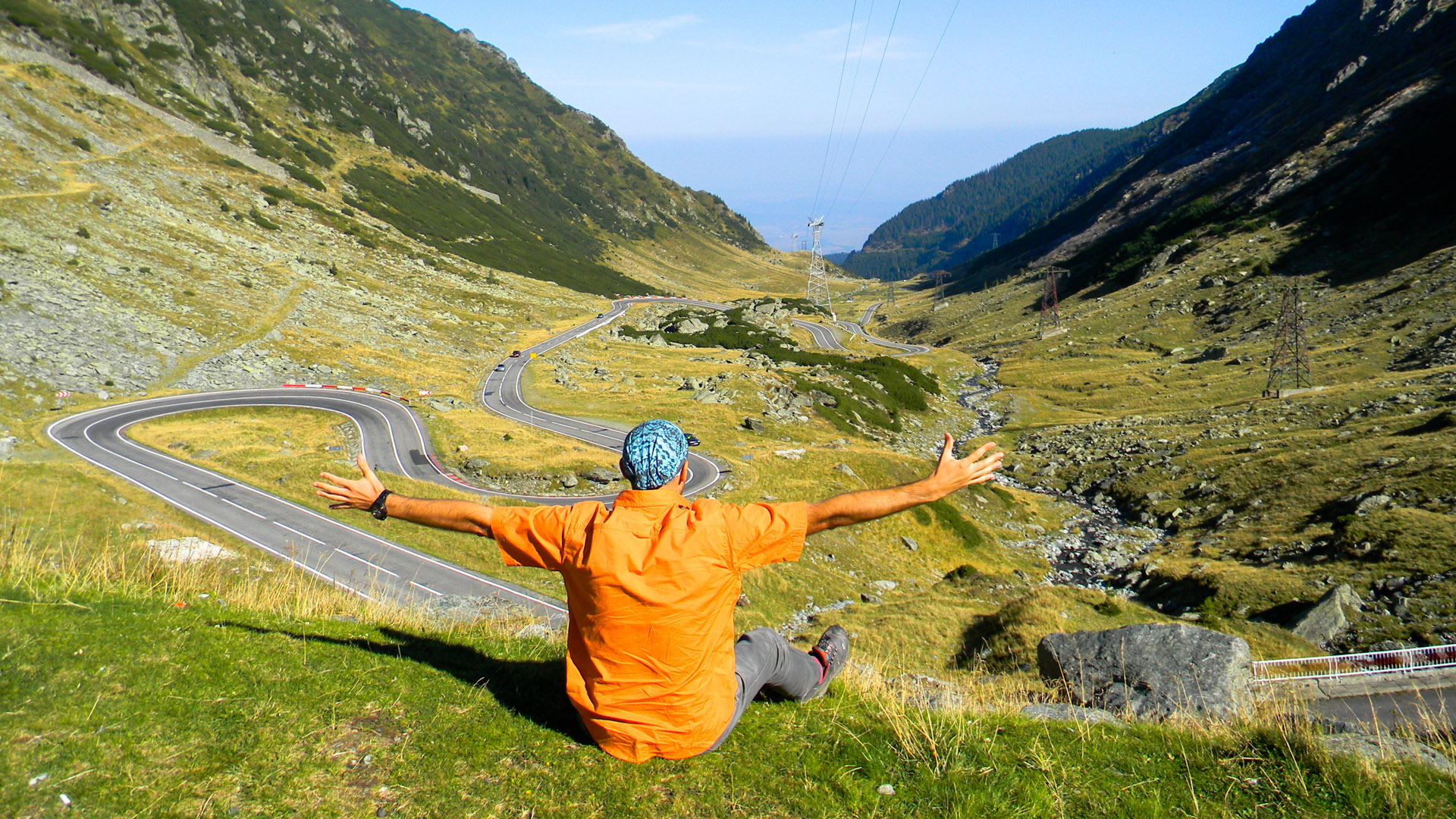
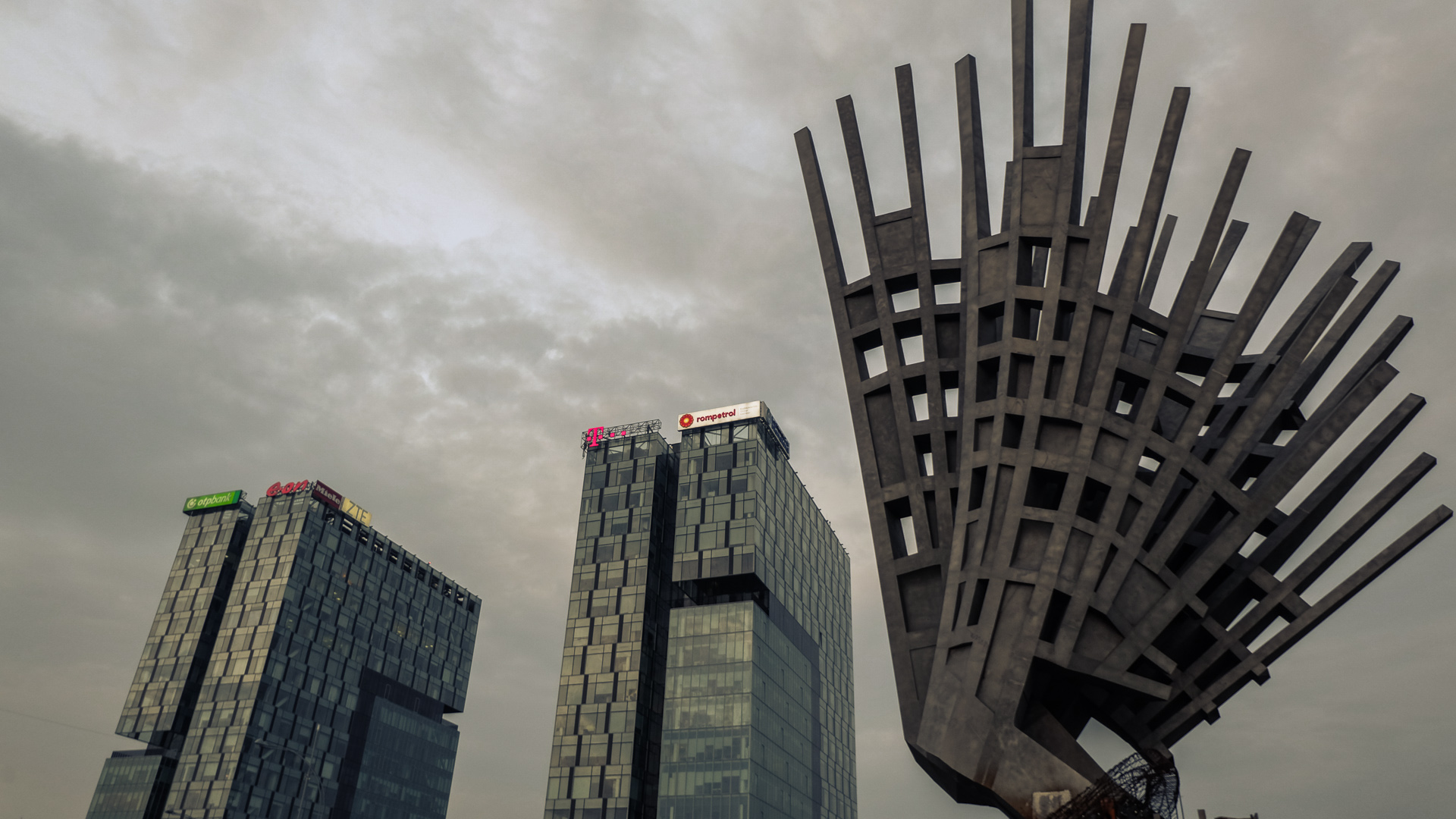













Leave a Reply